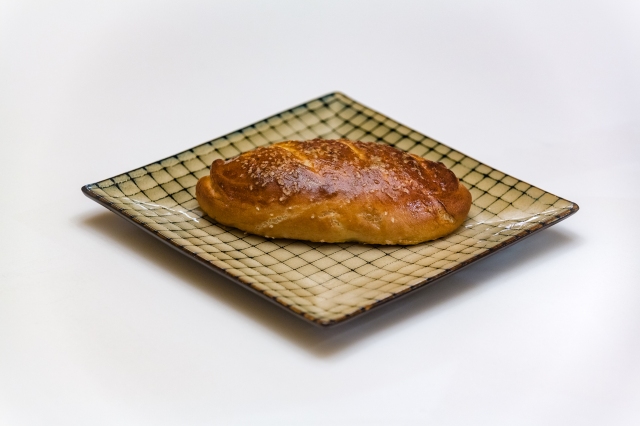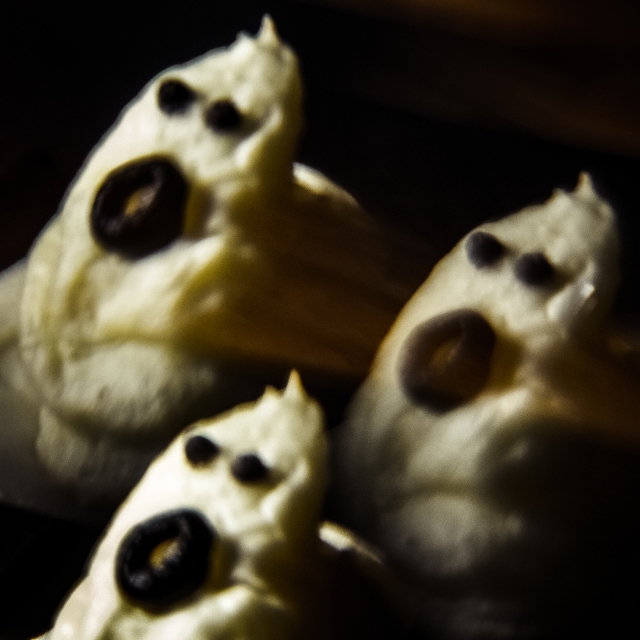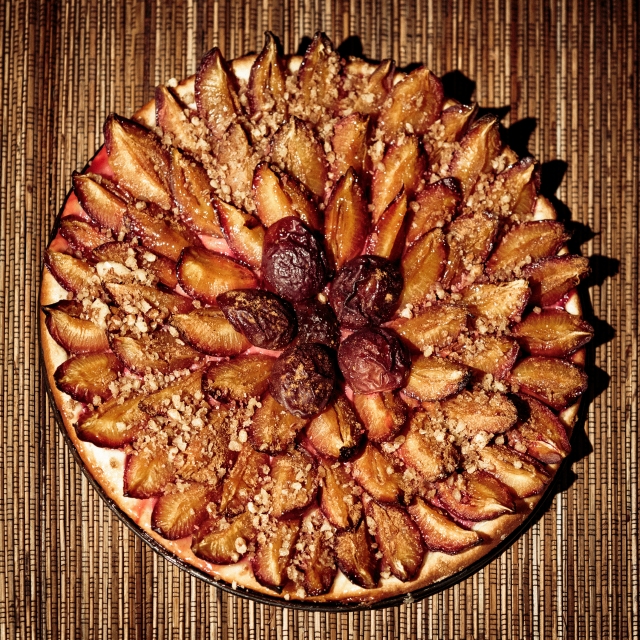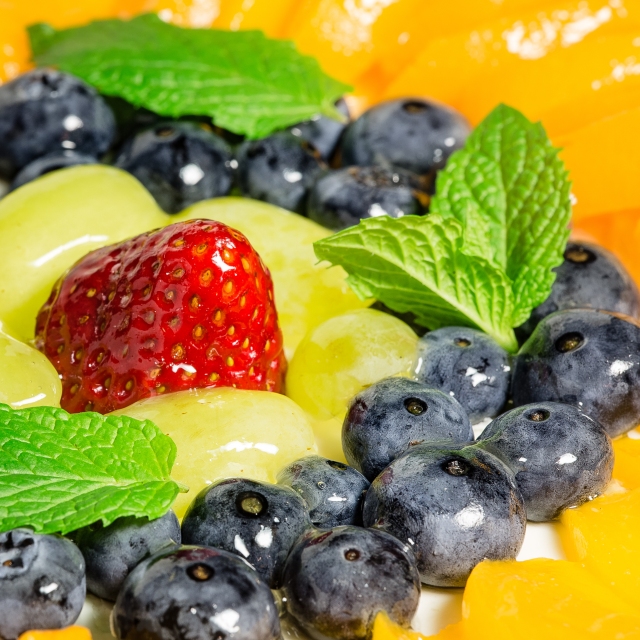Meditation it’s the new hip thing to do, the cool buzzword you hear everywhere you go these days. It’s supposed to reduce stress, relieve pain, improve sleep, and have host of other benefits, all of which sound really good. Carving out ten minutes of your time to just sit and breathe and do nothing seems easy enough, right? Well, yes and no. Actually, not at all. You see, I’m not someone whom I’d call a meditative type. More like “OMG, there is so much to do and so little time to do it all” overwhelmed panic type. So even though I could arguably use more of that blessed peace in my life, I’ve never been able to make the meditation a part of my day. The few times I’ve tried, it usually went somewhat like this:
Om.
Keep those eyes shut, ’cause you know you’ll otherwise see a lone sock under the couch or pillows that need to be straightened!
Om.
Am I in the moment? How do I know if I’m *really* in the moment?
Om.
My stomach is growling. It’s a good thing I’m home, otherwise everyone at the yoga class would hear it, and I hate when that happens! I didn’t have breakfast. Speaking of breakfast… what will I make for dinner? Shoot, I forgot to buy broccoli! Will have to stop by at the store when I go pick up offspring # 2.
Om.
My foot is itchy. Am I allowed to scratch it, or should I just notice the itchiness and not try to do anything about it? Will have to look that up when I’m done.
Om.
Breathe in, breathe out. Come on, it’s really not that hard! Om, darn it!!!
I was under a lot of stress trying to meditate properly and fruitfully, which I’m sure kind of defeats the whole purpose of meditation. I felt defeated; I was afraid I was never going to find peace and would be condemned to a life of no sleep, and chock full of anxiety and nervous tics.
But then, baking and specifically bread making came to my rescue. Thankfully I’m old enough to know there isn’t one and only right way to do things in life, and while some folks swear by yoga and are able to meditate an hour a day, I’m probably not one of them. But hand me a sack of flour, some yeast, and pinch of sugar, and I can stand at the kitchen counter for hours. Suddenly, I don’t see the dust bunnies and don’t feel that my back is killing me. The rhythmic humming of the mixer kneading is my om. In that moment, I don’t think about yesterday or tomorrow, and I’m able to give my full attention to the bread and keep my focus on the task on hand. When I’m checking on the dough that’s coming together and listening how it moves around in the bowl, I don’t need to wonder if I’m truly in the moment; I know I am: I’m patiently adding one spoonful of flour or water at a time, and then wait until the yeast wakes up and does its magic. Baking as meditation? It works for me!
And the by-products work for my perpetually starving men, too. Recipe for this bread is similar to my Braided Christmas Bread (Vianočka); the method stays the same, but I kicked it up a bit by adding chocolate and chopped cherries into the dough. I wasn’t sure how it’ll turn out at first; the jarred cherries were rather juicy, and even after soaking up the extra moisture with paper towel they were a bit hard to roll up in the dough. But the end result was well worth the effort – the bread was soft and buttery and there were bits of cherry and chocolate in every bite. Next time, I want to try to roll up some apricot jam into the dough before braiding it, or maybe finely chopped dried fruit with cinnamon… The possibilities are endless 🙂

Chocolate Cherry Braided Bread
Sponge:
- 55 g lukewarm water
- 7 g (2.5 oz.) active dry yeast
- 50 g (1.75 g) strong bread flour
Bread dough:
- 400 g (14 oz.) unbleached bread flour
- pinch salt
- 50 g (1.75 oz.) unsalted butter, softened
- 33 g (1.25 oz.) light brown sugar
- 2 eggs + 1 egg yolk, room temperature
- 1 teaspoons fresh lemon zest
- 1 teaspoon vanilla extract
- all of the sponge
- 110 g whole milk, lukewarm or room temperature
Filling:
- 125 g (4.5 oz) dark chocolate, finely chopped
- 3 tablespoons sugar
- 3 tablespoons unsalted butter, softened
- 270 g (9.5 oz) jarred cherries in syrup (drained weight)
- 1 teaspoon cinnamon
+ 1 egg yolk, mixed with 1 tablespoon water – for egg wash
– poppy seeds and pearl sugar for sprinkling, if desired

Method:
- To make the sponge, combine water, yeast and flour in a bowl, and stir with a whisk until no dry flour remains. Cover and set aside in a warm spot for 20 minutes until the sponge has doubled in size.
- Place flour, salt, butter, sugar, eggs, egg yolk, lemon zest, and vanilla in the bowl of your stand mixer fitted with a hook. Add in all of the activated sponge, turn the machine on a low speed, and gradually pour in the milk. Knead the dough on a low-medium speed for about 8 minutes until the dough is fairly firm, smooth and elastic (If the dough seems to be too wet, add in a couple of tablespoons flour, one tablespoon at a time; if it is too dry, add in some more milk, one tablespoon at a time). At the end mix in the rum-soaked raisins, making sure they are evenly distributed in the dough. Transfer the dough into a well-oiled bowl, cover, and let it rise in a warm spot until it doubles in volume, about 45 min. – 1 hour.
- Meanwhile, prepare the filling: Chop the chocolate and set it aside. Drain the cherries, chop them roughly and pat them dry with paper towel. Set aside.
- Making the bread: When the dough has doubled, transfer it onto a lightly floured surface. Divide it into 5 equal portions (if making a 5-strand braid), or 3 portions (if making a simple 3-strand braid). Form each portion into a ball, and let the balls rest under a dishtowel for 10 minutes. Line a big baking sheet with parchment paper.
- Roll each piece of dough into an 35 x 12 cm (14 x 5 inches) oblong. Spread the dough with 1 tablespoon of softened butter, and sprinkle it with 1/5 of the chocolate and 1/5 of prepared cherries. Sprinkle the filling with some cinnamon and roll it up tightly starting from the long side; pinch the edges to seal. Braid the ropes together, tuck the ends under, and transfer the bread onto the prepared baking sheet. Cover and let the bread rise second time until light and puffy, about 30 – 45 minutes. Preheat the oven to 350 °F ( 175 °C).
- Brush the bread with egg wash (I used two coats to achieve dark golden color), and sprinkle with seeds and pearl sugar if desired. Bake the bread for about 45 minutes until golden brown in color. (Check the bread halfway through baking and give it another coat of egg wash in places that have become exposed due to oven spring. If the loaf seems to be browning too quickly, cover the top with aluminum foil.)
- Let the bread cool on the sheet for 10 minutes and then transfer it to a cooling rack to cool completely before slicing. It’s also possible to slice it and freeze it; the slices reheat well in a toaster. This bread also makes a wonderful French toast or bread pudding.






















